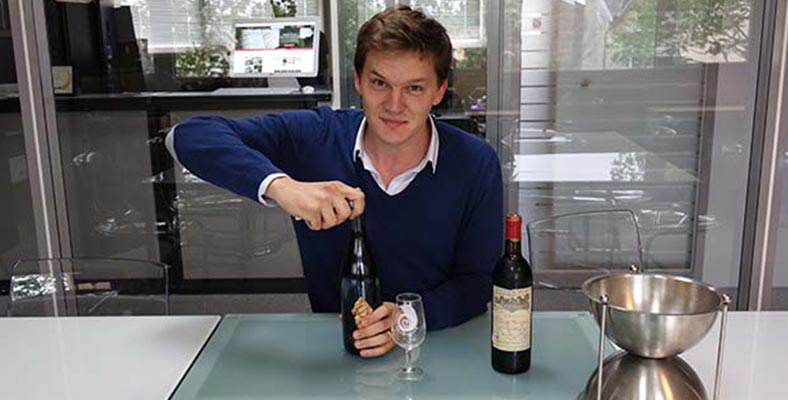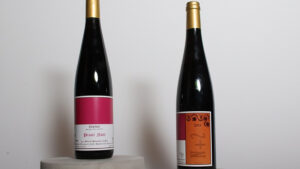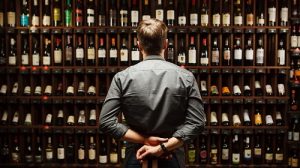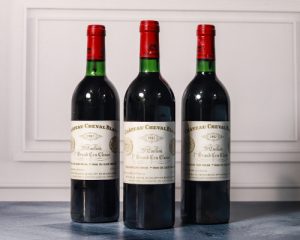
We had a chat with Raphaël de Fonscolombe from the sales team about notable trends in the fine wine market in what has been a remarkable year so far.
What has stood out to you during iDealwine’s recent auctions?
Firstly, I’ve been quite surprised to see a drop in the number of unsold bottles. We’ve never had such a high rate of lots finding takers! This can be explained in two ways: an increasing number of clients and the fact of having smaller catalogues – the latter has increased visibility for individual lots.
It’s definitely a good moment to be selling. If you get your bottles to us soon, you’ll be just in time for the most dynamic part of the year for the wine market, which is always between September and December. The quicker the lots are sold, the quicker you’ll be paid, so seize the moment!
Plenty of lots are finding takers, then, but which wines are performing the best?
Not a new phenomenon, but it continues to grow: natural wines really have the wind in their sails. What’s striking is how the prices have continued to climb, sometimes above €1,000 for some of the pioneers of the natural movement. There has also been an impressive evolution in the number of domains heading in this direction. Having reached every region, there are gems to be found everywhere. The demand for natural wine is now global, which contrasts with the relatively low levels of production.
Do you have any examples?
It’s difficult to give an exhaustive answer since this is a market that’s constantly moving. And sometimes it’s the sellers who introduce us to certain domains! In terms of the best performances of late, we should mention Les Jardins d’Esmeraldin, Anglore (Rhône), Le Domaine des Miroirs from the Jura, Ooka in Ardèche, Richard Leroy and Bernaudeau for the Loire, Auréien Lefort in Auvergne, Jaugaret and Le Puy from Bordeaux, and the star that is Yvon Metras from Beaujolais! But the list could go on and on…
And how about the historic regions?
What’s interesting is to see how the natural wine phenomenon has sort of followed in the footsteps of what we’ve seen in some of the more classic regions – with exceptional quality from small and highly coveted parcels…it reminds of Burgundy, right? As in Bordeaux, the wines are now exchanged at really high prices, which sometimes limits growth. But the finest vintages continue to be well-appreciated.
We no longer need to wait for a bottle to become rare in order to sell it for a good price; if the quality is there, the price takes off. For small, natural production, this can be immediate, though it usually takes around 15 to 20 years in Bordeaux (the volumes being much higher). It’s much quicker in Burgundy and the Rhône, though!
Should we be looking for the finest vintages to make good sales then?
Fine vintages sell well, yes, but so do bottles from years that are significant for whatever reason. A 1992 bottle of Grange des Pères, for example, has sold for €5,000 because this is the domain’s first vintage. This price was 40 times its estimation! But even the less impressive vintages have high demand, particularly from the best domains, as this is a way of tasting some of the finest production more accessibly! Who would say no to a 1992 Latour? And we shouldn’t forget the consistent attraction of large formats!
And what about the other landmark regions?
In Champagne, we see the same phenomenon with the best vintages: Krug, S by Salon, Dom Pérignon have all done notably well recently. There is also a new generation of wine makers working ‘closer to the ground’ than the bigger houses, such as Pierre Peters. The same goes for some of the big producers outside France like Penfolds, Vega Sicilia and Egon Muller. A little comment about the Rhône, too, where historical vineyards have remained at a high level, slowly joined by other appellations like Cornas, Vacqueyras and Saint-Joseph.
Find out more about selling wine here



